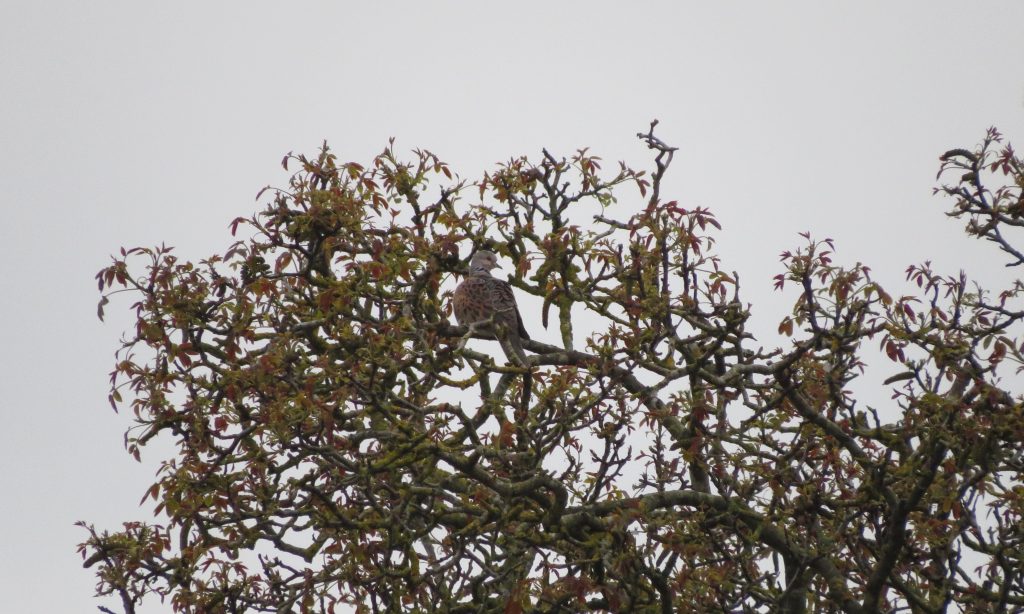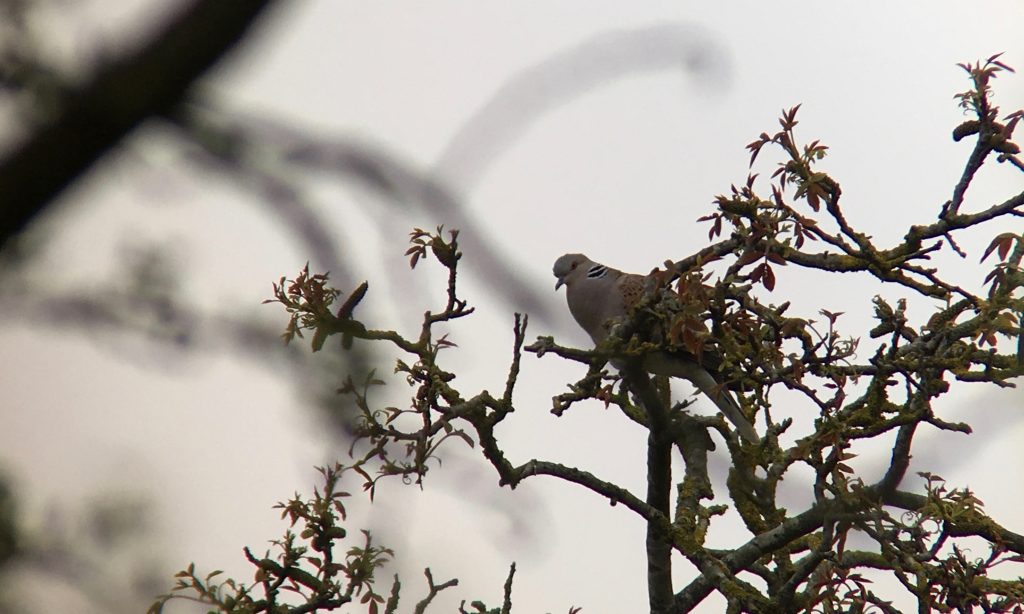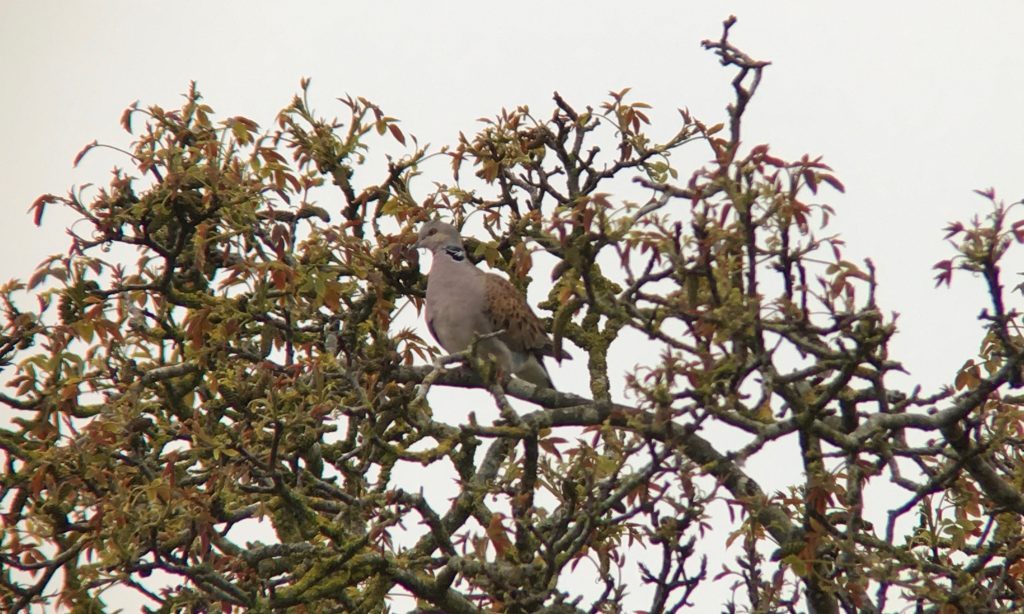In the first of three blogs about turtle dove habitats, Jonny Rankin celebrates scrub and potentially one of his bird watching highlights of the year.
My first turtle dove of the year was adjacent to a beautiful cottage – a cottage deep in thick cover in a section of treed scrub on the forest edge – the hinterland between forest and farmland. With horse paddocks nearby and not far from waterbodies, it offers the trio of turtle dove needs: cover, water and food. It is a known and historic territory which has enjoyed Turtle Doves for the thirteen years I have lived in Suffolk. Initially, I took them for granted, expecting to hear and see the pair on adjacent wires as I commuted to and from the forest. Now, I actively look for them.

I had checked two other historic territories that morning and neither revealed any signs. Both have lost the purring birds of yesteryear. The fact that the bird before me was both purring and holding on to one of my local territories made for a mix of delight and relief. I heard the bird before I saw it, the sound always spikes the hairs on the back of my neck, an antidote to the fear that I have no certainty the birds will return to territories each year. The next task is always to secure a view – get eyes as well as ears on the prize. Moving around the scrub I located the bird singing on top of a mid-height tree.

Scrub, the simplicity of allowing a hedgerow or thicket to grow and engulf a field corner, pond or plot of land, is a lost art. Scrub – in its simplicity, offers amazing cover for all manner of breeding birds – not just turtle doves.

Is this the bird watching highlight of my year? Perhaps premature to write this in May, but it will undoubtedly be one of them!
You can follow Jonny on Twitter @Jonny09Jonny








